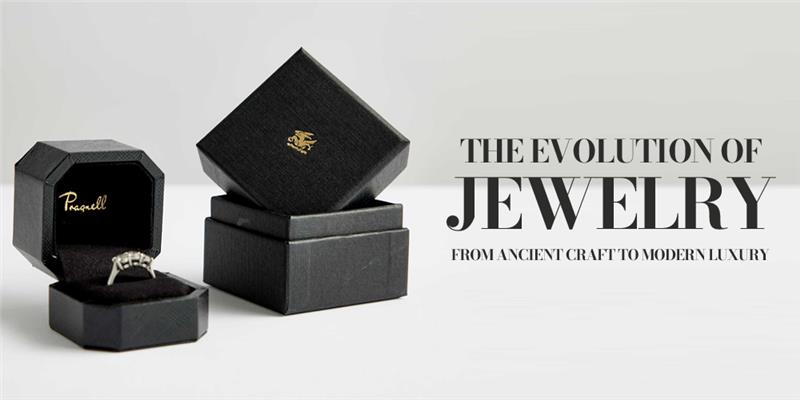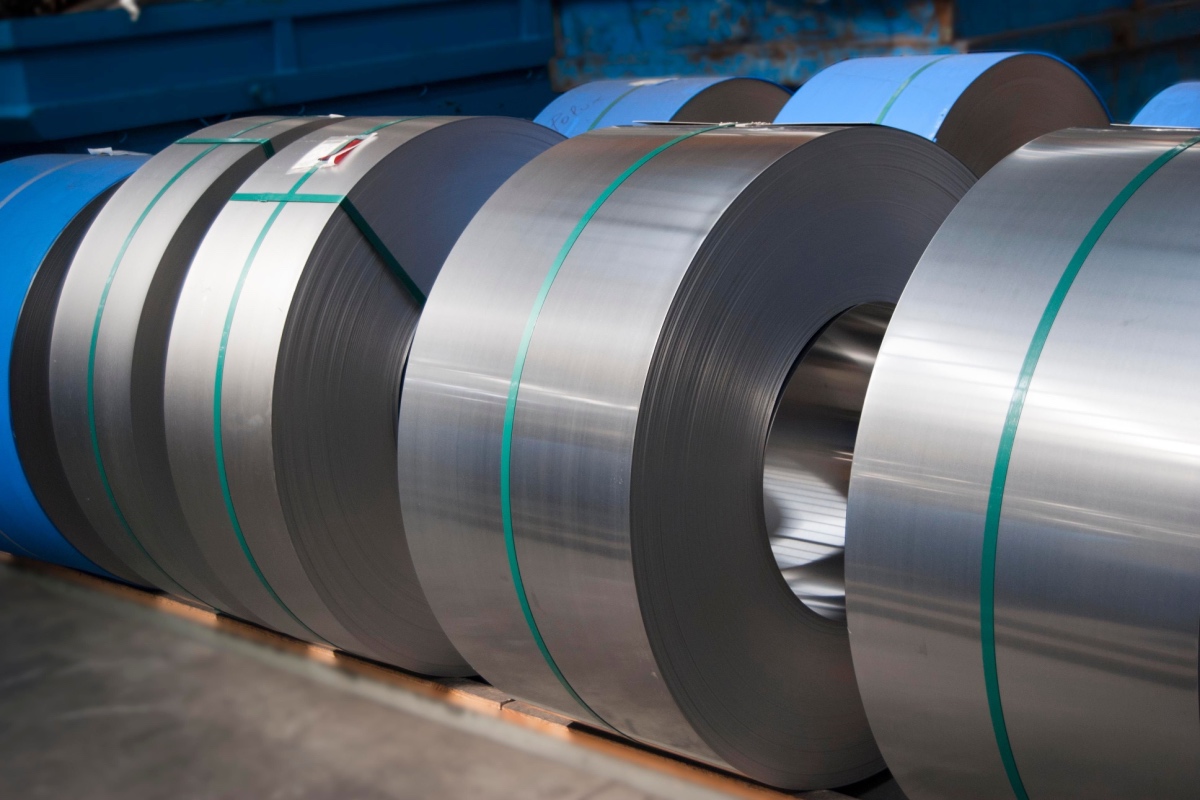Jewelry, as a symbol of beauty, art and culture has played an important role throughout human history. From ancient civilizations to modern times, jewelry fashion trends have experienced enormous alterations reflecting art and workmanship. This post will take you on a journey through time to discover the history of jewelry and its major milestones.
History of Jewelry: From Ancient to Modern Times
The history of jewelry is a multifaceted tale that reflects cultural and creative trends across time. From ancient to modern times jewelry has played an important part in human life to represent the fashion, cultural and beauty factors of humans they acquire with beautiful designs. Jewelry is more than just ornamentation it represents timeless stories and traditions. Exploring this rich history illustrates how jewelry is still an important part of artistic and cultural expression today. Also, its historical origins look ahead to the future claims because of their stunning designs and innovative ideas with sustainability in mind.
The Significance of Jewelry Craftsmanship
Before we begin our exciting journey through the evolution of jewelry creation we must first understand the significance of jewelry craftsmanship. From precious metals to gemstones the selection has long been an important aspect of jewelry making design.
Early bone, wood and shells were common materials for jewelry in antiquity. For advanced civilizations, metals such as copper, bronze and eventually gold or silver became more common. The material used for ancient or modern jewelry reflects not just the artisan’s ability but also the piece’s cultural and symbolic significance.
Further, gemstones have also had an important role in the history of jewelry creation. Stones such as lapis lazuli, emeralds and sapphires have been utilized since antiquity for their beauty as well as their alleged mystical properties.
The Origins of Jewelry Making: From Prehistoric to Ancient Times
Jewelry has been a part of human society for millennia with varied functions and meanings across civilizations. Jewelry was not always the exquisite designs we all see today. People made basic but important adornments out of whatever materials they had on hand such as shells, bones and some expensive metals. These pieces are highly decorative bringing a sense of personal style to everyday wear.
Handcrafted Jewelry: A Symbol of Heritage
As we progressed into ancient times, the role of jewelry began to change dramatically. These pieces ceased to be purely decorative and began to bear meaningful elements, becoming a status symbol among the privileged. Materials used for handcrafted jewelry became more refined, progressing from base metals to precious metals and gemstones. Along with the jewelry packaging also became an important aspect, elevating the presentation and significance of these valuable items. While it is a modern piece, its dark, enigmatic gemstone and complex setting resemble the types of valuable stones and metals that may have been utilized in ancient times to denote status or spiritual meaning
Egyptian Civilization
The Ancient Egyptian civilization was among the first to widely use jewelry creating stunning pieces of gold and gemstones. These pieces, including bracelets and rings that frequently contained religious emblems such as the Eye of Horus and Eternal Symbols, gave a touch of breathtaking beauty to their handiwork. Jewelry was more than just a decoration, the Pharaohs wore magnificent pieces that set them apart from the regular people.
Greek and Roman Civilizations
In ancient Greek civilization artists used jewellery to create unique pieces that reflected natural beauty. They used silver and gold to create forms inspired by flowers and vegetation.
Greek jewelry is noted for its elaborate intricacies and rich designs to make it a true piece of art. Later, during the Roman era jewels were a sign of authority and luxury with Romans wearing rubies and emeralds. Jewellery signified strength and beauty and was frequently given as gifts to generals and artists to reflect their social standing.
The Middle Ages
During the Middle Ages jewelry began to take on a religious significance that being worn in churches and at religious occasions. Luxury objects were crafted using gemstones such as pearls and diamonds. Jewelry symbolized power and influence and was frequently given as part of political transactions.
Furthermore, jewelry making techniques progressed during this time with new methods such as engraving and detailing bringing a personal touch to each piece.
The Renaissance
With the start of the Renaissance jewelry design underwent a complete transformation. Designs were influenced by traditional art and culture with an emphasis on precision and detail. Artists used a variety of gemstones, including sapphires and opals to create innovative designs that combined beauty with artistry. Jewelry became a means of displaying culture and elegance and nobility frequently wore it at social functions.
Modern Cultural Shreds of Evidence
In today modern world jewelry has evolved into a statement of personal culture and individuality. Designers depend on ethnic diversity to create pieces that communicate unique stories. Traditional crafting techniques are combined with new trends that produce items that are both beautiful and innovative. Jewelry is being used to convey social and environmental values with many consumers opting to support local craftspeople and sustainable suppliers.
Sustainability in Jewelry Design
With increased environmental consciousness several designers have begun to use sustainable and eco friendly materials in jewelry design. This movement complements the current trend for responsible environmental protection of jewelry.
The use of recycled metals and sustainable gemstones demonstrates a commitment to the environment. This approach to jewellery creation is part of a larger movement toward sustainability in all parts of life.
Modern Jewelry Design Demand
Jewelry design innovation expanded substantially over the twentieth and twenty first centuries as new technology, tools, and resources became available. Designers began to use new materials such as plastic, stainless steel, and titanium. The introduction of new manufacturing techniques such as casting, as well as the use of computer aided design and 3D printing technologies to broadened the scope of jewelry creation. Popular brands have recently influenced the jewelry business by developing smart jewelry and unique wearable items.
Final Words
Jewelry has transformed from ancient artisan craftsmanship into a powerful symbol of status, artistry and personal expression. Today, innovative techniques, high quality materials and cutting edge designs have elevated jewelry into a realm of modern luxury. The industry’s future is being shaped by sustainable practices and technological advancements, reflecting evolving consumer values.
As trends move toward ethical sourcing and personalized designs, jewelry continues to reinvent itself while honoring its rich heritage. This enduring evolution ensures jewelry remains at the forefront of artistry and desirability to maintain its timeless role in human culture and global fashion.




